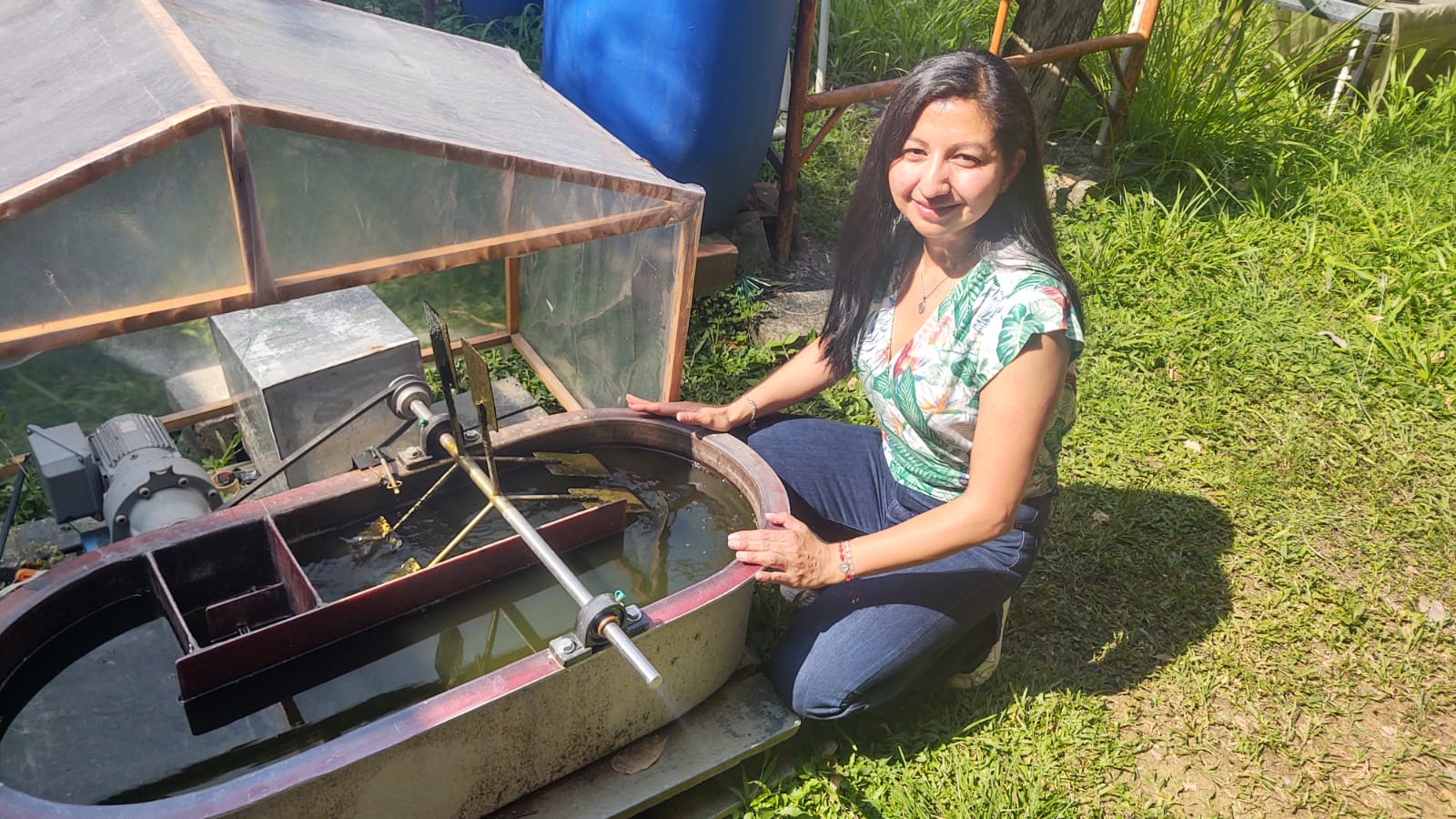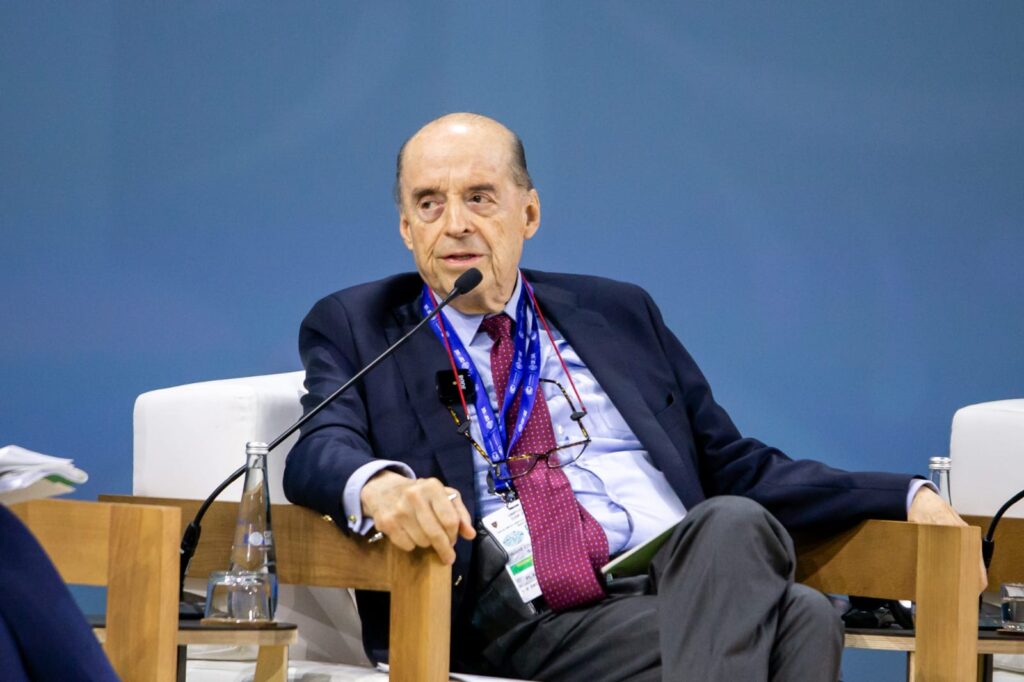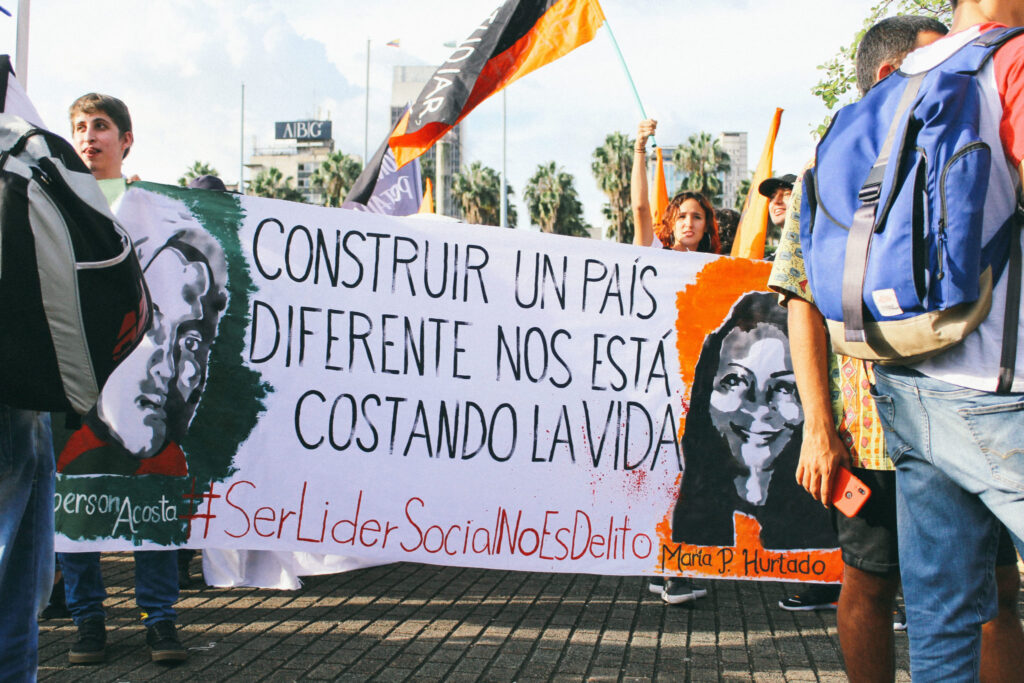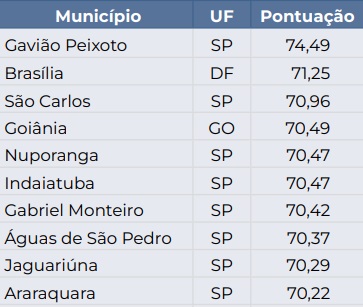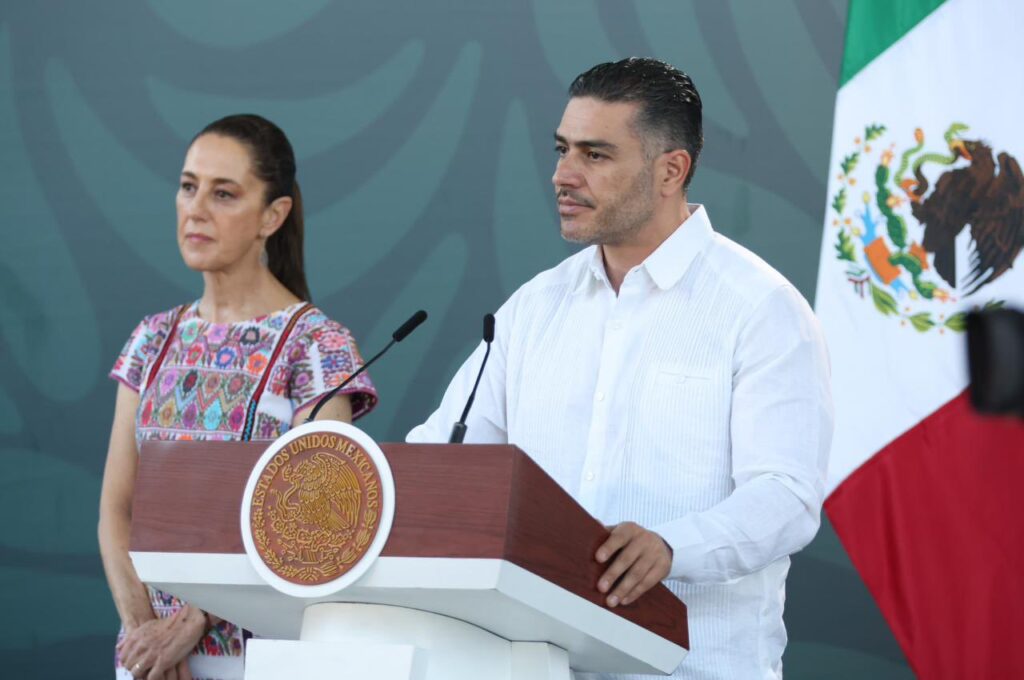This article originally appeared on the Faculty of Engineering (Universidad del Valle) website here and was reproduced with permission. It is authored by Andrew James (NCC/Univalle).
A global study recently revealed that pharmaceutical pollutants such as paracetamol, diclofenac and ibuprofen in 258 rivers worldwide and that the greatest impacts were in low- and middle-income countries (LMICs).
At the Meléndez campus of the Universidad del Valle in Cali, Colombia, Eliana Marcela Jimenez Bambague, a doctoral researcher who is working under the supervision of Professor Carlos Madera (ECCA) and Professor Fiderman Machuca Martinez (GOAX), evaluated a prototype that combines an algal lagoon with an electro-oxidation process for the removal of pharmaceutical compounds.
In September 2020, in the article “High-rate algal pond for removal of pharmaceutical compounds from urban domestic wastewater under tropical conditions. Case study: Santiago de Cali, Colombia” published in the journal Water Science and Technology, Jimenez found that elimination efficiencies were high (greater than 70%) for fenofibric acid, ibuprofen and paracetamol.
On a pilot scale, the plant receives the actual wastewater effluent from the Cañaveralejo wastewater treatment plant in Cali, enters the lagoon where a mixed culture of microalgae, bacteria and sunlight can begin to degrade the pollutants.
To ensure decontamination, the water then undergoes a process called Electro-Fenton which uses hydroxyl radicals to oxidize pollutants, especially those that are not easily degraded in conventional wastewater treatment plants.
“Using the coupled treatment increases the removal efficiencies we got versus the microalgae lagoon alone and it is possible to reduce the operating costs of the Electro-Fenton process, this taking into account that one of the limitations that this process has is the cost due to electrical energy consumption,” Jiménez explained.
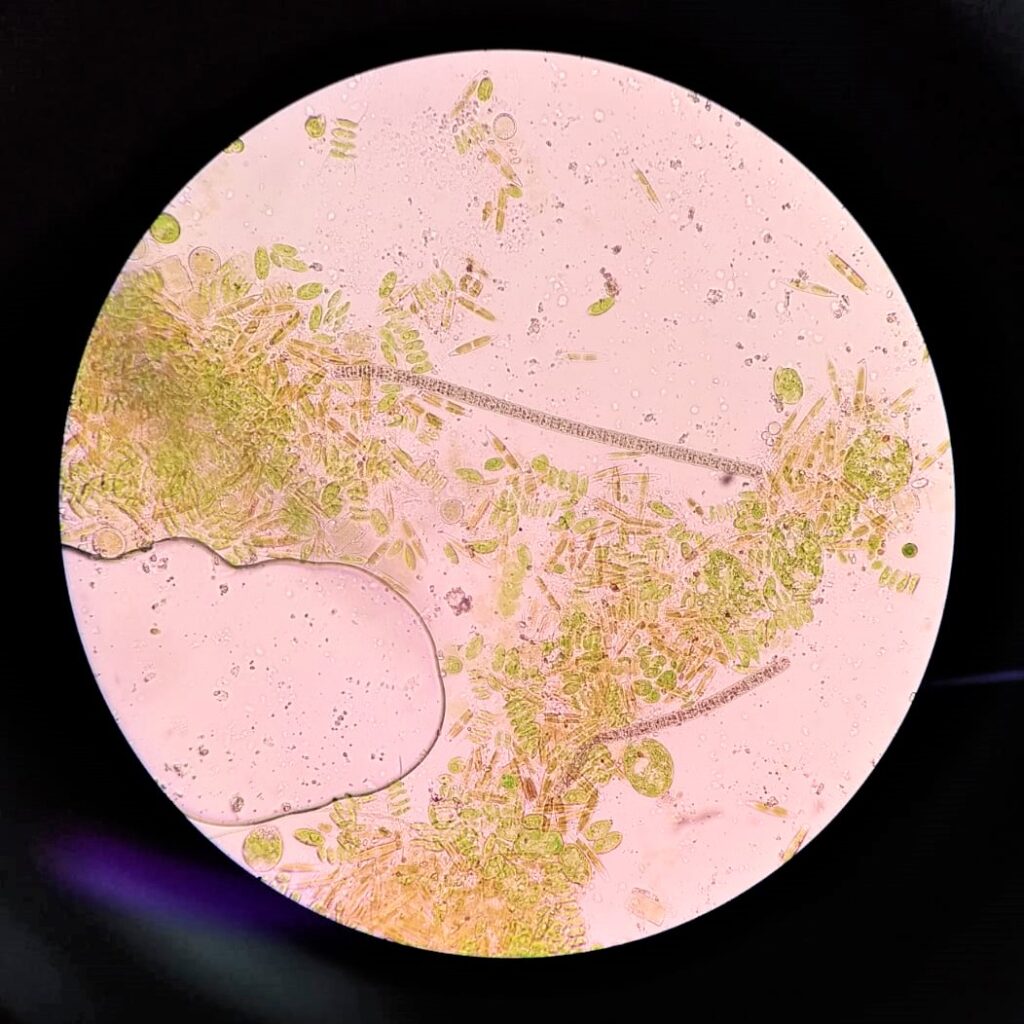
The research
Globally, there are many studies on the effect that pharmaceutical pollutants could have, but also on strategies to reduce environmental damage by eliminating them from wastewater.
In Colombia, studies have been reported in Bogotá, Medellín, Cali, Florencia and Tumaco, with domestic and hospital wastewater being the main sources of discharge.
According to a 2020 study, invertebrates play a crucial role in the functioning of the ecosystem, so there may be dangerous consequences for the entire freshwater trophic chain, due to paracetamol, diclofenac and ibuprofen, among others.
Professor Fiderman Machuca Martinez of the Advanced Oxidation Processes for Biological and Chemical Treatment (GAOX) Research Group, a doctoral tutor of Jimenez said that to meet these challenges, the initiative was born in the water research groups of Univalle’s Faculty of Engineering.
“In the world it has been identified that these compounds of emerging character (drugs, pesticides, heavy metals, etc) that have a very high risk potential for ecosystems,” Professor Machuca explained, adding that microalgae-based systems are a good alternative to remove micropollutants coupled to other processes.
“Their importance lies in the costs associated with the treatment and the ease of operation of the systems and the volume of treatment that they can have,” said Professor Machuca.
Read more from EIDENAR: Researchers Study the “Political Ecology” of Mercury Contamination From Artisanal Gold Mining
Jiminez said that one of the main advantages of implementing these microalgae-based treatments in Colombia is that the environmental conditions of the tropics are very favorable for their growth, which contributes to improving the efficiency of elimination of these compounds.
“With this research we seek to reduce the presence of these micropollutants in wastewater and thus reduce their potential ecological threat,” Jiménez said , adding that the “coupled bioelectrochemical” treatment can help in this regard.
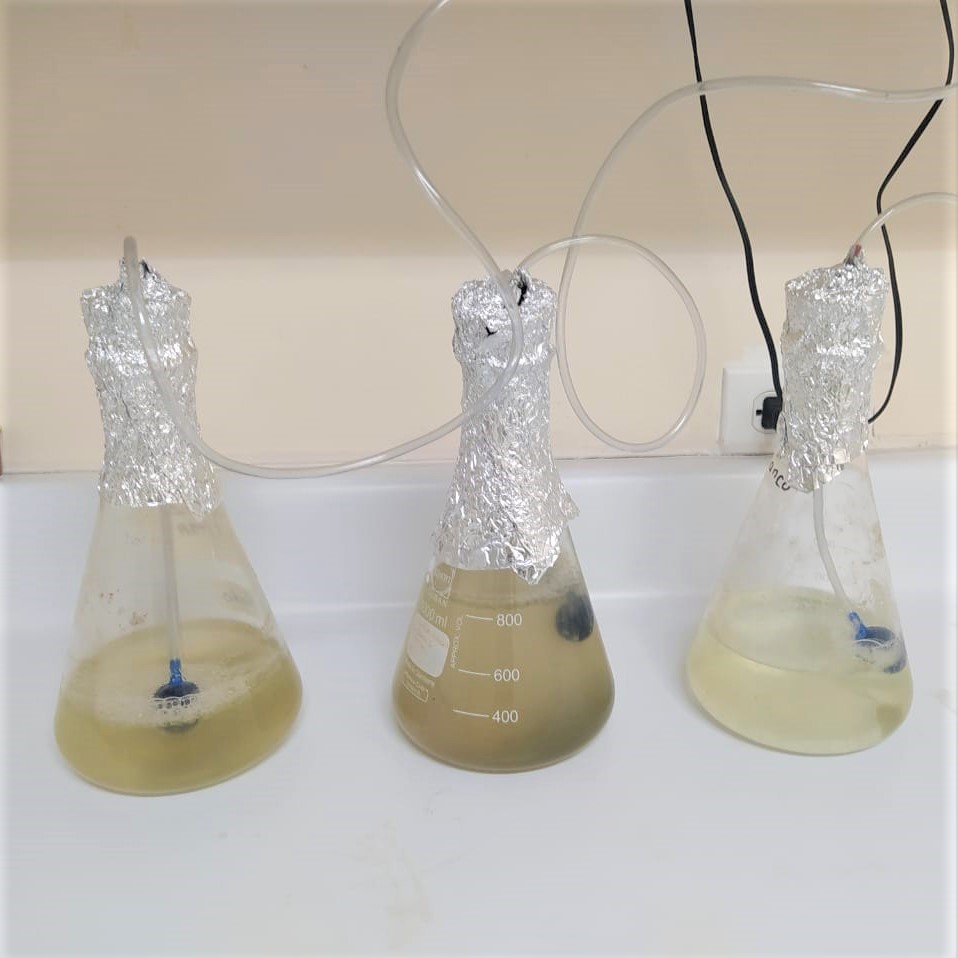
Internationalization of the idea
The researchers said this technology has the potential to be implemented in other regions of Latin America and the Global South, particularly for hospital and pharmaceutical wastewater management.
“This project has local, regional, national and international impact…microalgae can be used in diverse places and by different communities,” said Prof. Machuca, adding that the transfer can be done in multiple ways and according to the needs of the communities.
“Microalgae can be used in different places and by different communities,” Jimenez said.
Jiménez explained that he already has international collaborators in his project: Prof. Rosa Maria Miglio Toledo of the Universidad Nacional Agraria La Molina in Lima, Peru and Teofilo Donaires of the Universidad Nacional del Altiplano de Puno, in Puno, Peru, on the shore of Lake Titicaca
“The goal of this collaboration is to evaluate the prototype in other environmental conditions and other wastewaters,” Jimenez said.


